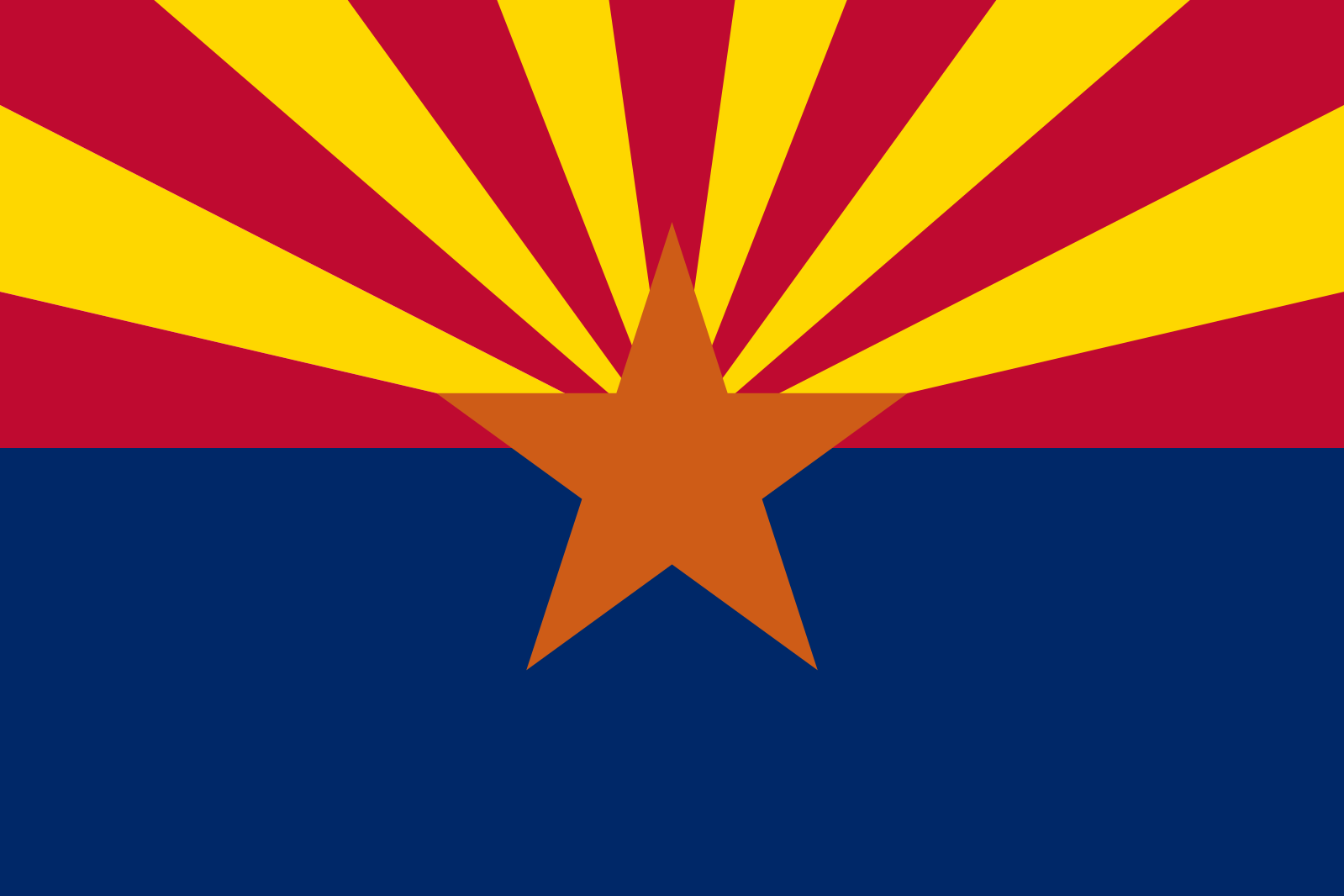
Covid 19 and the Economy
Covid 19 Dashboard
The Covid-19 pandemic has caused global social and economic disruption. This section draws data from the Arizona Department of Economic Security, the Arizona Department of Revenue, the Bureau of Labor Statistics, Google, and the U.S. Department of Labor to primarily provide snapshots of:
- Unemployment Insurance and Pandemic Unemployment Assistance claims
- Monthly state tax revenues
- Community mobility data
Unemployment Insurance (UI) is a joint state-federal program that provides cash benefits to eligible workers. The payments are intended to provide temporary financial assistance to unemployed workers who are currently out of work through no fault of their own. To qualify for UI in Arizona, a claimant must have:
- Worked for an employer who has paid unemployment tax; and
- Earned at least 390 times the Arizona minimum wage in at least one of the previous four quarters; and
- Earned in total at least half of the amount in the highest quarter in the other three quarters combined; or
- Earned at least $7,000 in total wages in at least two quarters of the base period, with wages in one quarter equal to a minimum $5,987.50.
The weekly UI benefit amount is based on 4% of the wages paid in the highest quarter of an individuals’s base period. The current maximum is $240 per week.
On March 27, 2020, Congress passed a federal stimulus package known as the CARES Act. This legislation made a number of changes to UI eligibility and benefits, including an additional $600 per week in traditional UI benefit through July 25, 2020.
Pandemic Unemployment Assistance (PUA) provides benefits to individuals who are not otherwise eligible for UI benefits. It provides up to 39 weeks of payments to people who are able and available for work (within the meaning of applicable Arizona state statute), although they are unemployed, partially unemployed, or unable to work due to one of the COVID-19 related reasons identified in the CARES Act (Section 2102(a)(3)(A)(ii)(I)). PUA is therefore available to workers otherwise ineligible for regular unemployment benefit, including the self-employed and any individual who has exhausted regular and extended benefits. PUA benefits are available for the weeks of unemployment beginning February 2, 2020 through the week ending December 26, 2020. The benefit ranges from $117 to $240 per week, for up to 39 weeks. Arizona’s first PUA benefit was processed on May 11, 2020. Individuals eligible for PUA benefits also received an additional $600 weekly in Federal Pandemic Unemployment Compensation benefits between the weeks of March 29, 2020 and July 25, 2020.
Google’s Community Mobility Data uses aggregated, anonymized insights from users that have opted-in to Location History on their cell phones and Google accounts to track movement trends by state or county across six types of places, three of which are shown on Seidman’s website. These are:
- Retail and recreation: Mobility trends for restaurants, cafes, shopping centers, theme parks, museums, libraries, and movie theaters.
- Grocery and pharmacy: Mobility trends for grocery markets, food warehouses, farmers markets, specialty food shops, drug stores, and pharmacies.
- Workplaces: Mobility trends for places of work.
The data represents a sample of Google users, who may or may not represent the exact behavior of a wider population. The resulting numbers shows how visitors to (or time spent in) categorized places change compared to the median value for the corresponding day of the week from the January 3 – February 6, 2020 time horizon. Seidman’s charts shows the daily percentage change for a 7-day rolling average compared to Google’s baseline time horizon for the State of Arizona and its counties.
To access statewide insights updated as of August 18, 2021, please click on the Arizona flag below.
To access county-specific insights updated as of August 18, 2021, please click on a county on the map below:

